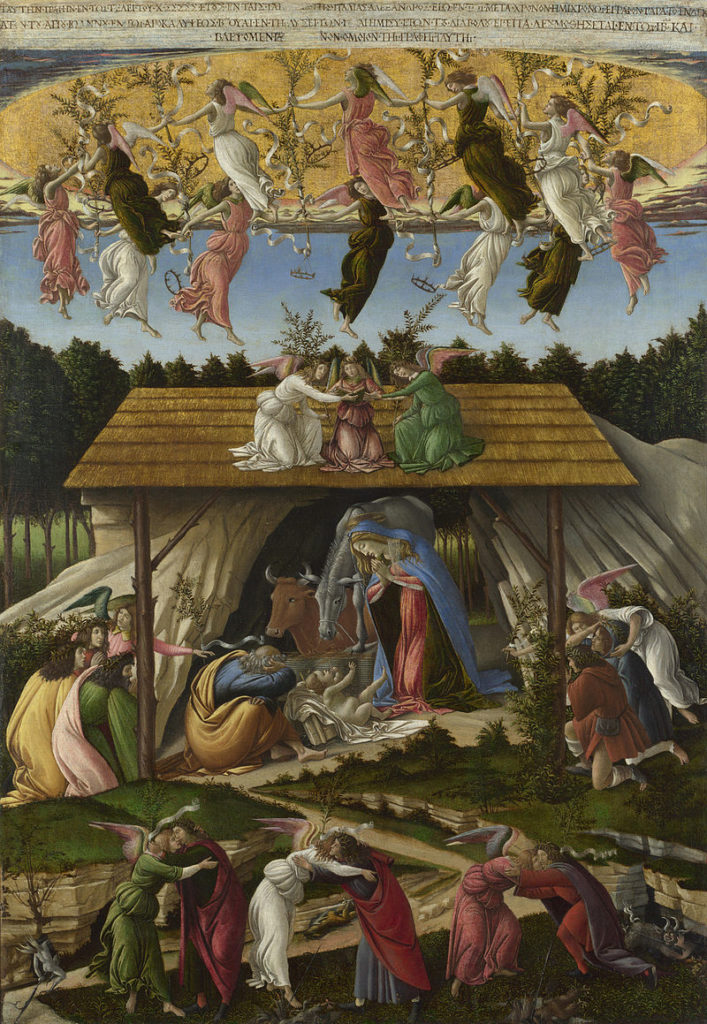Recently, through my bad habit of consulting the Internet, I learned of the “Dunning-Kruger Effect.” Lest I send gentle reader on the same electronic goose chase, let me explain what it is: the invention of a couple of social psychologists, which I darkly suspect to be tongue-in-cheek.
According to David Dunning and Justin Kruger, there is a cognitive bias among some people, to think themselves smarter, more capable, and better informed, than they really are. This bias is most pronounced among stupid people.
Like all good pop psychology theories, this one is easy to confirm. Look anywhere, and evidence comes into view. It can be tested, statistically. It can be demonstrated in real time. Compare, if you will, the confidence levels in a randomly selected home handyman, before and after he attempts a simple household task.
I mention that last as a means of entrapment. According to one of my own pop-psych theories, women suspect that the Dunning-Kruger Effect (henceforth “DKE”) applies mostly to men. But in my view feminism has leveled the playing field. Women are now as likely as men to imagine themselves competent.
Of course, in the design of the human metabolism, the eyes are turned outward. It is easier to spot examples of stupidity in others. It takes time to get round to observing the presence of DKE in oneself. And more time still, to invent excuses.
To be fair to Messrs. Dunning and Kruger, they mention the flip side. Smart people tend to be less confident of their own understanding and abilities. They thus mistakenly assume that all the idiots around them are smarter than they look; that they must know more than they do. (After all, they couldn’t know less.)
This leads me to my next pop-psych theory. I postulate that there is a mysterious relationship between intelligence and charity.

It is a complicated relation, however, and my full theory must explain why intellectuals are so dumb. This would be because, whether they have the native abilities they suppose, or not, they lack charity.
Arrogance is a great brain-freezer. It makes you stupid. A problem I can see with DKE is that it encourages arrogance. And this, because it forgets that our eyes look outward. It would be better if the whole thing were phrased: “You – and I mean YOU – are not nearly as smart as you think you are. Your superior airs are laughable to others. Better they were laughable to yourself.”
This is an odd way, I admit, to turn attention upon the “Infancy Narratives.”
It is a phrase that has irritated me for a long time. The tone of it is redolent of DKE. The authors of any academic study of those “infancy narratives” risk succumbing to the condition.
To the simple mind, there is Jesus in the crèche, and Mary and Joseph and the “waminals” (as my younger son used to call them), plus the Magi, and a Shepherd or two. The Star, perhaps Angels, are on a plane above. They have not come to participate in an infancy narrative. Rather they have come to the baby Jesus, whether from Heaven or from Earth.
Now, one might argue that the biblical scholars have come there, too. They have worked their way into the scene, even in their disbelief. They are going to explain everything to us, using terms derived from literary criticism.
I was once tempted to draw them into the scene, together with News Anchors and Cameramen. In fact, I succumbed to the blasphemous temptation. There was a Reporter with a microphone, asking Joseph how he “feels,” with the klieg lights on him. A Capitalist, elbowing his way through the Magi, had brought a “free gift” of disposable diapers. A tourist stand had set up to sell trinkets. There were other busy touches.
The intention was not blasphemous, but satirical. I was trying to depict an “infancy narrative” that included our modern narrators, deadline-sensitive and hurried. Mother Mary was shielding her Child from the lights. This made the two of them almost invisible.
A story is indeed being told, but as any humble Christian can know, its meaning goes beyond mere “narrative.” For Christ has come into the world. Rather than present this as a philosophical abstraction, the first artists made it concrete. They made it so any child could understand it, and in the knowledge that his understanding would grow.
To the modern mind, it can now be discarded. We “give up childish things.” To accept the veracity of the Biblical infancy narrative is like believing in Santa. The lit-crit terminology explains it away. In the past – in the “childhood of the race” – people probably took that sort of stuff “literally.” But we are so much smarter today.
I am not – let me insert another “of course” – proposing genocide on the scholars. We should learn everything we can about our origins and destiny. My faith, though inadequate, is at least sufficient to fear nothing from archaeological or textual discoveries. It has been rewarded, through the years, with one confirming discovery after another.
From my understanding of the material records, I have no doubt that the church at Bethlehem is correctly sited, over that ancient Nativity scene; as is the Holy Sepulcher over the Empty Tomb. For the first Christians were “literalists,” truly, and quite particular about names and places.
They knew where to locate their shrines, even before the Gospels were written; and when the Romans buried them to suppress Christianity, they knew where to find them again: right under the pagan temples the Romans had built over them. By now, the sequence is perfectly clear.
Like an old Simeon, our emeritus pope, the aged Benedict XVI, also wrote a book on the “infancy narratives.” It is more learned than almost any of the others; its scholarship is exact and current.
And as he reminds, the story is true.
**Image: The Mystical Nativity by Sandro Botticelli, 1500 [National Gallery, London]















